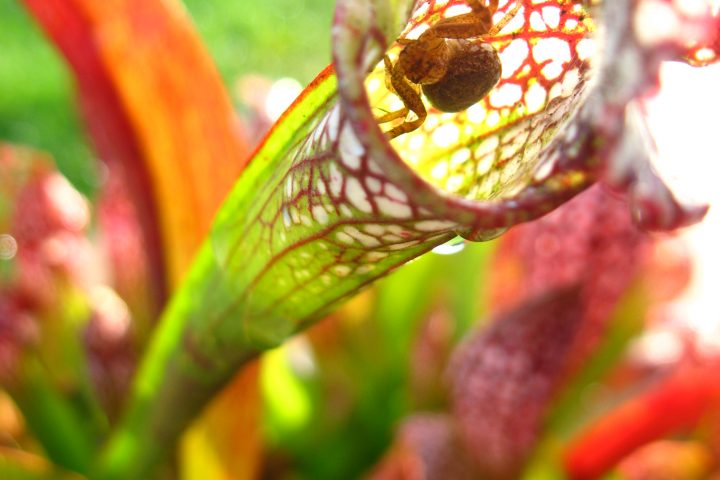A 2007 study, of New Year’s Resolutions, by Richard Wisemen from the University of Bristol, showed that 88% of resolutions fail, although 52% of the people were confident in success. This year include your pet in the resolution which will be helpful for all parties involved.
Generally, resolutions are about improving one self. More doctor visits, more exercise and more healthy food items are good ideas for both us and our pets. Getting a yearly check up with our doctor and our veterinarian is recommended. Having baseline vitals and natural history on your pet can help prepare for sudden ailments and natural age related disorders. Pets, being descendents of wild animals, are also great at hiding illnesses. Having a trained professional touch, hear and see your pet is worthwhile.
 A specialty in medicine is dental work. Do you or your pet have morning breath? Does it last all day? Then one of you might need some dental work. Asking your veterinarian how to prevent dental disease by regularly brushing will be very beneficial. Catching dental problems early will inhibit serious oral diseases.
A specialty in medicine is dental work. Do you or your pet have morning breath? Does it last all day? Then one of you might need some dental work. Asking your veterinarian how to prevent dental disease by regularly brushing will be very beneficial. Catching dental problems early will inhibit serious oral diseases.
With many different toothpaste flavors on the market, you can no longer make the excuse that your pet will not like it. I know a handful of sea lions that brush weekly with fish flavored (for cats) toothpaste, so why not give it a try. Humans remember: the area that your toothbrush can’t reach (under the gum line) needs to be flossed regularly, ideally daily. So start a recurring dental routine for your pet and yourself at the same time. Protect those pearly whites.
Perch potatoes and couch potatoes alike, increasing exercise slowly is a great way to get in shape. I mentioned this observation a month ago, in regards to increasing the wellness of an older human/animal. Centenarians, those people who are living in good health over age 100, all had the commonality of being mobile. They all got up with vigor every morning and did something.
Exercising your pet in larger areas, rather than a postage stamp backyard, would be equally enriching and healthy. Indoor only pets can be ran around the house, utilizing feathers on strings, perch placement and laser pointers. Building endurance should not be overlooked.
Half of our dogs and cats are overweight in the U.S. This can affect their quality of life and how long they will be with us. In addition to exercise, eating healthy is the second part of the equation.
This year, making a pledge to not feed table scraps to pets, would be a pledge in the right direction. This will also reduce those pesky begging behaviors around the dinner table, like rubbing on the legs and jumping up on the table.
Longer play sessions and walks are a great start. Foraging toys, like boomer balls, are also able to keep a pet mind occupied, rather than eating out of boredom. Moving the food dishes a few feet every day could also keep your pets on the move. Moving the food bowls away from their usual lounging spot, is an easy way to promote mobility.
Engaging your pet ten minutes, two times a day, should be a reachable resolution. Keeping track of your progress is very important. I like to have the monthly calendar on the refrigerator. Writing down every tiny action to better health will allow you to see visually the progress you have made.
Baby steps are also a more reliable way to keep you and your pet’s resolutions for 2018. If both you and your pet are trying to diet, being each other’s distraction is a way to avoid the pantry. If you are feeling those 2 P.M. blues, don’t grab a snack, play a game with your pet. Smokers usually hang out with smokers, snackers with foodies, and healthy people hang out with healthy people. If you want to exercise more or eat better, then do it with a friend. And since our furry, feathered and scaly friends are humankind’s best friend, we are in luck.
Cheers to 2018.



